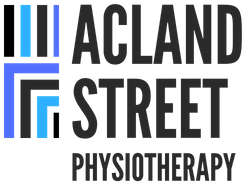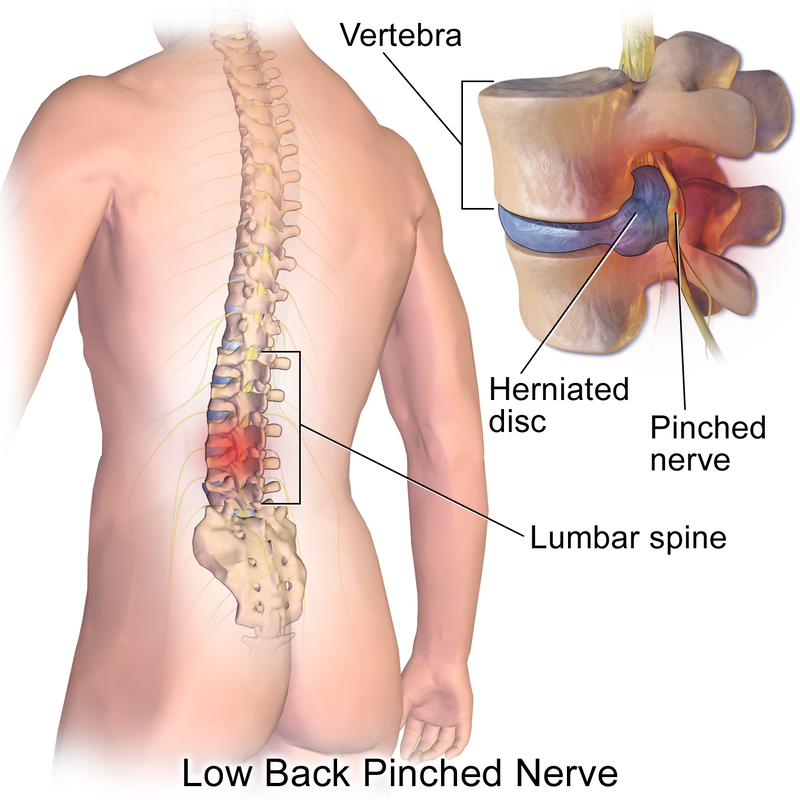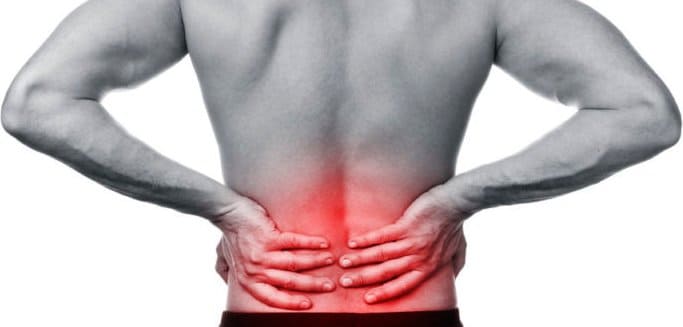|
The deadlift, often perceived as an exercise reserved for the most robust and athletic individuals, holds a treasure trove of benefits that extend well beyond the realms of elite sports. This fundamental movement not only enhances strength and performance but also plays a pivotal role in the rehabilitation and maintenance of back health for people of all ages. Through a careful examination of recent research, we unveil the multifaceted benefits of deadlifts and debunk the myth that they are unsafe for individuals with lower back pain.
Unveiling the Benefits Deadlifts are more than just a strength-building exercise; they are a functional movement that mimics everyday activities such as lifting heavy objects off the ground. This exercise targets multiple muscle groups, including the glutes, hamstrings, lower back, and core, providing a comprehensive workout that can improve overall physical health and functionality. Research indicates that incorporating deadlifts into a training program can result in significant improvements in lower body strength and power. A study comparing the effects of deadlifts and squats found that both exercises led to comparable enhancements in jump performance, a marker of lower body power (Nigro & Bartolomei, 2020)[1]. Moreover, deadlifts have been shown to have the highest muscle activation of paraspinal musculature compared to other exercises, making them a potent tool for strengthening the muscles supporting the spine (Fischer, Calley, & Hollman, 2020)[2]. Safety and Efficacy for Lower Back Pain The prevalence of lower back pain in the general population has led to significant interest in finding effective exercises for both rehabilitation and prevention. Contrary to common misconceptions, deadlifts, when performed with proper technique, can be a safe and effective exercise for individuals with lower back pain. A systematic review highlights that exercise programs including deadlifts can yield improvements in both pain and function for those living with low back pain, although not more beneficial than low load motor control exercises (Fischer et al., 2020)[2]. It is crucial, however, to note that individuals with lower pain levels and higher baseline lumbar extension strength may be most suitable for deadlift programs. This finding underscores the importance of personalised assessment and program design by healthcare professionals. Implementing Deadlifts into Your Routine For those considering adding deadlifts to their exercise regimen, especially individuals with a history of lower back pain, consulting with a physiotherapist is essential. These experts can assess your current physical condition, teach proper deadlift technique, and develop a tailored program that aligns with your health goals and capabilities. It is also worth noting that starting with lighter weights and focusing on form over load can significantly reduce the risk of injury and ensure the long-term success of incorporating deadlifts into your routine. Conclusion The deadlift is a versatile exercise that offers extensive health and performance benefits for individuals across all age groups. Its efficacy in strengthening the lower back, improving functional performance, and aiding in the rehabilitation of back pain makes it a valuable addition to any exercise program. With proper guidance and technique, deadlifts can be safely performed by people with varying levels of fitness, including those with lower back pain, debunking the myth that they are inherently risky. By embracing the deadlift, individuals can enjoy a healthier, more active lifestyle, underscored by the strength and stability this foundational movement provides. References
0 Comments
Low back pain is a common condition affecting millions globally, significantly impacting daily activities and quality of life. However, with the right strategies, it's possible to prevent or minimise its occurrence. Acland Street Physiotherapy is dedicated to providing you with evidence-based information to guide you in preventing low back pain effectively. Understanding Prevention Levels Prevention of low back pain can be categorised into three main types: primary, secondary, and tertiary. 1. Primary prevention aims at stopping the disease before it occurs, focusing on health promotion and environmental regulation. 2. Secondary prevention targets the prevention of recurrences or exacerbations of already diagnosed conditions. 3. Lastly, tertiary prevention focuses on minimising morbidity through supportive and rehabilitative services after a disease or injury has occurred. Key Strategies for Low Back Pain Prevention
1. Core Strengthening Exercises Strengthening your core is vital for supporting your spine. Try exercises like planks and the bird dog to build core strength and stability. 2. Flexibility and Stretching Incorporate the cat-cow stretch and hamstring stretches into your routine to improve flexibility and reduce tension in the lower back. 3. Aerobic Exercise Engage in walking, swimming, or cycling to improve cardiovascular health and support back health. ** Please see YouTube clips below this blog post for demonstrations of these exercises recommended above! What to Avoid Certain interventions like lumbar supports, back belts, and shoe insoles are not recommended for preventing low back pain due to their potential negative effects on back pain beliefs. Personalised Approach to Prevention A one-size-fits-all approach does not apply to preventing low back pain. Consulting with a physiotherapist at Acland Street Physiotherapy can help create a personalised prevention plan that suits your specific needs. Preventing low back pain requires a multifaceted approach, combining physical activity, manual therapy techniques, ergonomic adjustments, and educational programs. By adopting these strategies, individuals can significantly reduce their risk of experiencing low back pain and improve their overall health and well-being. Remember, an ounce of prevention is worth a pound of cure. Stay active, stay informed, and let's work together towards a pain-free back. One of the most common lower back complaints at Acland Street Physiotherapy is symptoms of a pinched nerve. This is a condition where lower back pain occurs as a result of a nerve in the lower spine is being compressed by a nearby bone or soft tissue structure. The pressure from the pinch may causes pain, numbness, burning or tingling in the lower back, legs or feet. Some people may also call this condition "sciatica".
The common causes of this condition are:
Often such conditions do not need further x-rays, CT scans or MRIs and respond extremely well to physiotherapy treatment, which may include manual therapy, heat therapy, dry needling, postural taping, pain and postural education and a specific exercise program. It is important to note that you should seek emergency medical attention or see your doctor if:
Low back pain (LBP) and associated sciatica (leg symptoms originating from the lower back) is the leading reason why the local residents of St Kilda visit Acland Street Physiotherapy.
Low back pain affects 60-80% of the population (see reference) throughout their lifetime. According to multiple recent studies, about 10% of the population are physically disabled by low back pain. Low back pain is usually characterised into 3 types: 1. Acute - Symptoms experienced for less than 6 weeks. 2. Sub-acute - Symptoms experienced between 6-12 weeks. 3. Chronic - Symptoms experienced for greater than 6 weeks. At Acland Street Physiotherapy, we commonly see patients in all 3 categories with both the acute and chronic categories being the most functionally debilitating for our patients. Non-specific or mechanical lower back pain accounts for approximately 90% of the cases of low back pain presentations in primary care, that is seen by physiotherapists. 10% are generally more serious medical conditions that need urgent medical intervention. Very occasionally at Acland Street Physiotherapy are we presented with more serious medical conditions associated with low back pain symptoms. In such cases, we generally refer these patients directly for further diagnostic imaging or back to their primary GP for further investigations. Through taking the patients history and physical testing, physiotherapy assessments aim to rule out the unlikely chances of a more serious medical condition or emergency. In addition, it aims to identify the impairments and likely causes that may have contributed to the pain and the likelihood of the lower back condition becoming persistent. From our many years of experience, non specific low back pain is commonly caused by disorders of the neural or musculoskeletal structures of the lumbar spine, which often responds well to physiotherapy treatment and advice. Diagnostic imaging (ie. x-ray, CT scan or MRI of the lumbar spine) are generally not recommended in the first month of lower back pain and only when more serious medical conditions are suspected. Sciatic or leg pain originating from the lower back condition is a common presentation. Like low back pain, it is often due to disorders of neural or musculoskeletal structures of the lumbar spine assessed by a physiotherapist. In addition, low back pain is generally caused by the result of such structures. International clinical guidelines recommend non-pharmacological management of non-specific low back pain which is commonly physiotherapy treatment. Physiotherapy treatment often involves manual therapy to alleviate the symptoms and encourage movement, therapeutic exercises, personalised education and supportive taping. Prevention of lower back pain recurrence involves the physiotherapist to devising an individualised exercise program for you to target the specific issues assessed, as well as to improve general health and wellbeing. This could involve a home exercise program, supervised gym program, recommending pilates or yoga classes, or a gym and swimming program. Learn about some self help exercises for your low back here. When done with correct technique and form, deadlifts are the "king of all exercises" as they traditionally say! I highly recommend that non-body builders and non-hardcore gym-goers should also consider adding these potentially powerful exercises to your exercise regime, to enjoy a diverse range of health benefits. This does not exclude those who suffer from chronic diseases or health conditions such as lower back pain, arthritis, diabetes type II, heart conditions, osteoporosis, fibromyalgia, chronic obstructive pulmonary disease (COPD), cancer, high blood pressure and chronic pain.
The key reasons why I believe these exercises are unparalleled in terms of health benefits which are well documented in scientific research include: 1. They work out the most muscle groups at the same time of all strength exercises associated with weights. 2. As a result, they burn significant more calories, saving you time at the gym or at home. 3. They can in fact improve your core stability and posture when done correctly.. 4. They can significantly improve your grip strength which results in performing your activities of daily living involving lifting and carrying with more ease. 5. They promote natural testosterone and human growth hormone production, promoting soft tissue healing, bone strength, muscle growth and weight loss. These hormones are critical to the healthy functioning of both females and males. 6. They can improve your running performance and efficiency, improve your ability to perform in sporting activities, even if you are a "weekend warrior"! 7. They provide a healthy stimulation to your neural system, improving your general functional strength and stamina. 8. Interestingly, deadlifts can also improve your cardiovascular or aerobic fitness. Nonetheless, I do often see presenting at Acland Street Physiotherapy with patients suffering from lower back injuries associated with doing with deadlifts incorrectly - the clinical diagnoses range from muscle strains, sciatic nerve irritations, facet joint sprains, sciatica to slipped lumbar disc prolapse injuries. There are many YouTube videos available online with "experts' showing how to perfect the deadlift technique however, I would highly recommend that you make a booking with a sports or musculoskeletal physiotherapist. An experienced physiotherapist will perform a comprehensive physical examination on you, take your medical history, before teaching you the appropriate form and technique, that is individualised to your personal needs. Each individual's anatomy and movement skills vary so it is important to get assessed properly by an expert. |
Author
Archives
May 2024
|
Copyright Acland Street Physiotherapy © 2024




 RSS Feed
RSS Feed